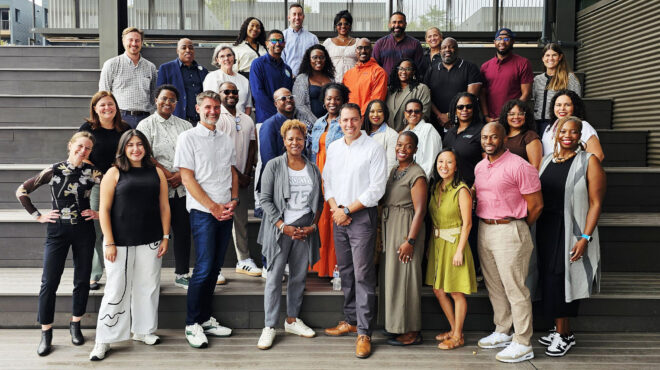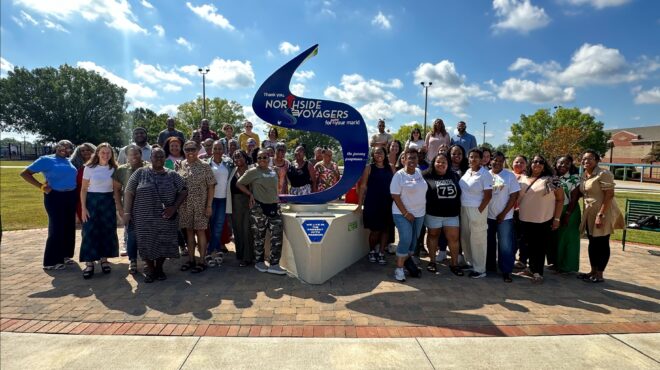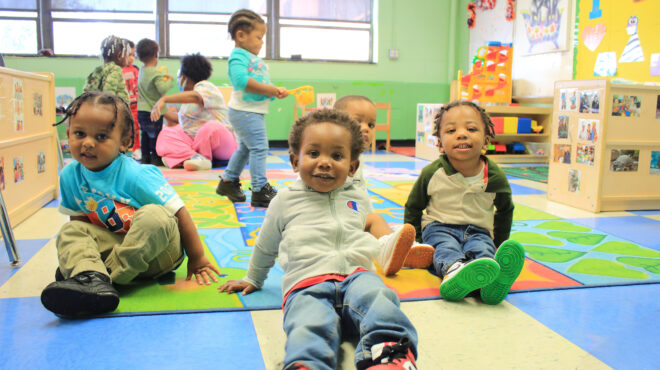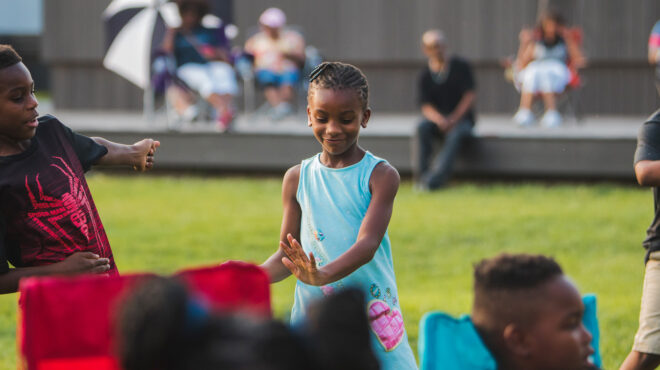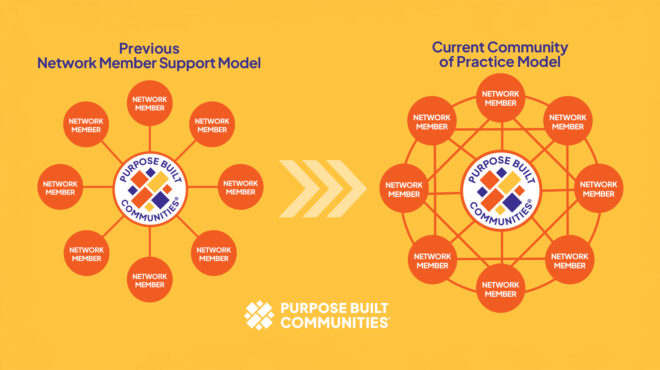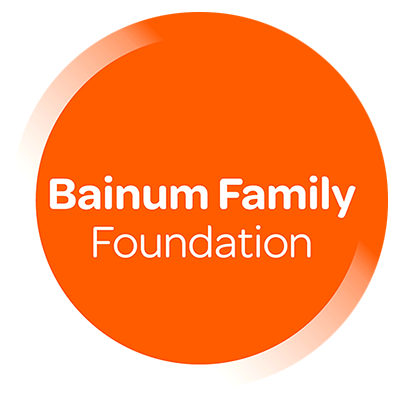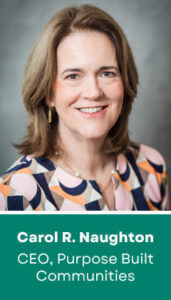 It’s summer! This was one of my favorite seasons growing up. I spent it outside – running around my neighborhood, swimming at the local pool with friends, grabbing a snack at the ice cream shop, and enjoying a town-run summer camp. When I got a bit older, I staffed that camp with my friends. Afterward, we would head to the pool, wander around the community exploring together, or kick it up a notch by going on bike hikes from one neighborhood to the next. And, of course, softball in the evenings in the town league, where I made some of my best friends.
It’s summer! This was one of my favorite seasons growing up. I spent it outside – running around my neighborhood, swimming at the local pool with friends, grabbing a snack at the ice cream shop, and enjoying a town-run summer camp. When I got a bit older, I staffed that camp with my friends. Afterward, we would head to the pool, wander around the community exploring together, or kick it up a notch by going on bike hikes from one neighborhood to the next. And, of course, softball in the evenings in the town league, where I made some of my best friends.
If it sounds idyllic, it’s because it was. These summers gave me joyful memories and a belief that neighborhoods can be places of possibility and adventure. This belief drives me today.
I’ve come to recognize as an adult that those summers gave me and my peers something else: a foundation for long-term physical, emotional, and social health.
Playing outside promoted my eye development and boosted my muscle tone. Time at camp and the pool offered me a community connection and my first professional experiences. I snacked on local, fresh foods right out of the garden. Alongside friends, I experimented with sports and games – many of which I still enjoy with friends today. As my friends and I wandered, we built a sense of confidence and independence that could only grow without our parents hovering over us.
Now, I recognize the privilege it was for me and my peers to have summers like those. Many of the children in neighborhoods where Purpose Built Network Members are at work will not have the same chance – mostly due to structural factors. At a basic level, many neighborhoods are simply not safe for anyone to navigate on foot, let alone young people. The Smart Growth America Dangerous by Design report recently revealed that 7,522 pedestrians died in 2022. It was a 40-year high and a 75% increase since 2010.
Even if walking were an option, many children wouldn’t have the kind of healthy and safe destinations I had. Marginalized neighborhoods across the country have suffered from limited investments in local amenities like playgrounds, pools, stores offering healthy snacks, and more. For every neighborhood, mine included, these were places of self-discovery, skill-building, and “Third Spaces” where we could gather and build a sense of place and connection. Now, due to decades of disinvestment and discriminatory policy, they are harder to find than ever in certain ZIP Codes.
Luckily, there is much we can do to start reversing these inequities. It starts by ensuring everyone, regardless of ZIP Code, can lead a healthy, choice-filled life. This is where Purpose Built’s model and Network Members excel! East Lake is a perfect example.
Many years ago, the East Lake Foundation, the Atlanta Housing Authority, residents, public sector partners, community health and wellness experts, housing organizations, and school leaders came together to create a master plan for the revitalization of the neighborhood. First step: build an environment where everyone could walk – to school, to early learning, to the YMCA, to the grocery store, to public transportation. With wide, safe sidewalks, tree-lined streets with streetlights, and safe bus stops, the neighborhood was walkable before walkable was cool. Mixed-income housing was developed so that kids and their families could live and walk safely throughout their neighborhood. A grocery store offering fresh and healthy foods was opened right across the street.
Then, working with school leaders at Drew Charter School, these same kinds of ideas were extended into the school. Play and movement were critical! Each child had daily recess and P.E. three times a week. In fact, the YMCA – physically attached to Drew Charter School – has delivered the P.E. curriculum for Drew Elementary School students since 2001, offering students all of the resources of the YMCA – including swimming – as part of the P.E. curriculum. While enjoying P.E. in the YMCA gymnasium, students can see adults from the neighborhood walking around the elevated track. Additionally, everyone at Drew learns the game of golf in P.E. or afterschool programs and some Drew students play on highly competitive school golf teams – and that requires walking half a mile each way to the teaching area and then walking the golf course. When the high school was built a decade ago, the school partnered with Playworks, a program that got everyone engaged and moving during recess. To ensure the playground was always in good shape to support a thousand kids a day running and playing on it, the school replaced the grass recess area with turf to be more resilient. Drew’s nutrition team created delicious, healthy lunches, and clubs and school organizations stopped selling candy for fundraisers.

A thousand big and small decisions about both the facilities and the programs offered led to much-improved outcomes. Obesity among students plummeted. They were more focused and eager to learn at school. They were happier. They felt more connected to their community – seeing it with new eyes as they walked through local streets and saying hello to supportive adults along the way. Overall they were healthier in mind, body, and spirit.
Just like my summers did for me, these experiences laid the groundwork for the students and the neighborhood’s long-term health. An entire generation has grown up healthier in nearly every sense.
If we want to promote community health and wellness, we must take this same proactive, holistic approach – not just programmatically but in all decisions, including in how the environment is built. It takes a long time. It requires forward-thinking. And it means we have to see the big picture, not just react to health issues as they arise.
I am proud to see the Purpose Built Network Members who are taking this approach every day. Let’s keep working together to make sure every neighborhood can offer its children a summer full of memories and fuel for a lasting, healthy future.
